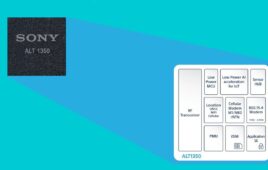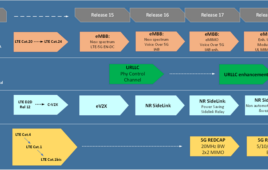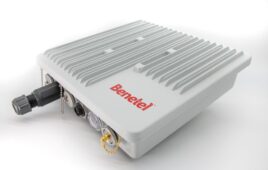IHS iSuppli today released the final results of its Verizon iPhone 4 teardown, which resulted in an estimated $171.35 bill of material (BOM).
Despite having nearly the same functionality and a similar bill of materials (BOM) as the previous model, the new CDMA version of the iPhone 4 carried by Verizon Wireless includes significant changes in its design and component selection, IHS iSuppli reports.
The BOM on the latest version of the iPhone 4 is down from $187.51 for AT&T’s GSM model, which iSuppli tore down last June. When manufacturing expenses are added, the total production cost for the CDMA iPhone 4 amounts to $178.45.
“With the CDMA iPhone 4, Apple Inc. has shown once again that it never recycles a product design,” said Andrew Rassweiler, senior director, teardown services, for IHS, in a statement. “Apple’s new designs always exhibit changes, evolution and optimization. This approach is evident not only in the antenna design but also in items like the integrated GPS functionality and the shrinking of the Wi-Fi/Bluetooth combo module.”
Aside from cost, one of the most significant changes the IHS iSuppli found was a redesign of the iPhone 4’s much-maligned antenna.
The first version of the design featured an all-in-one approach combining global positioning system (GPS), Bluetooth and wireless local area network into one segment of the antenna superstructure that was integrated into the iPhone 4’s enclosure. The new version employs a separate Bluetooth/WLAN antenna.
“Apple has decided to isolate the Bluetooth/WLAN antenna from the enclosure/antenna assembly,” said Wayne Lam, senior analyst, competitive analysis at IHS, in a statement. “This design change leaves the top enclosure antenna segment to serve primarily as the GPS antenna and probably also as a CDMA diversity receive antenna. The use of antenna diversity is significant because this scheme improves signal reception performance.
The CDMA iPhone 4 also retains many of the same components seen in the previous-generation design. Most notably, the design and supplier selection for the memory and the display subsystems—the two most expensive portions of the handset—appear to remain largely unchanged from the original iPhone 4, pending verification by the IHS teardown service’s continuing analysis.
At $40.40, the memory accounts for 23.6 percent of the total CDMA iPhone 4 BOM. The memory subsystem features 16 GB of MLC NAND flash memory and 4 gigabits of mobile double data rate (DDR) synchronous dynamic random access memory (SDRAM) from Samsung Semiconductor. The subsystem also includes additional memory chips from Toshiba Corp. contained in a multichip package (MCP).
The display/touch screen module represents the next most expensive subsystem, at $37.80, or 22.1 percent of the BOM. Just as in the original version of the iPhone 4, the display of the CDMA iPhone 4 employs a low-temperature polysilicon (LTPS) liquid crystal display (LCD) that features advanced in-plane switching (IPS) technology. The module is being manufactured by multiple sources, with LG Display and Toshiba Mobile Display supplying the majority, according to Vinita Jakhanwal, director for small and medium displays at IHS.




